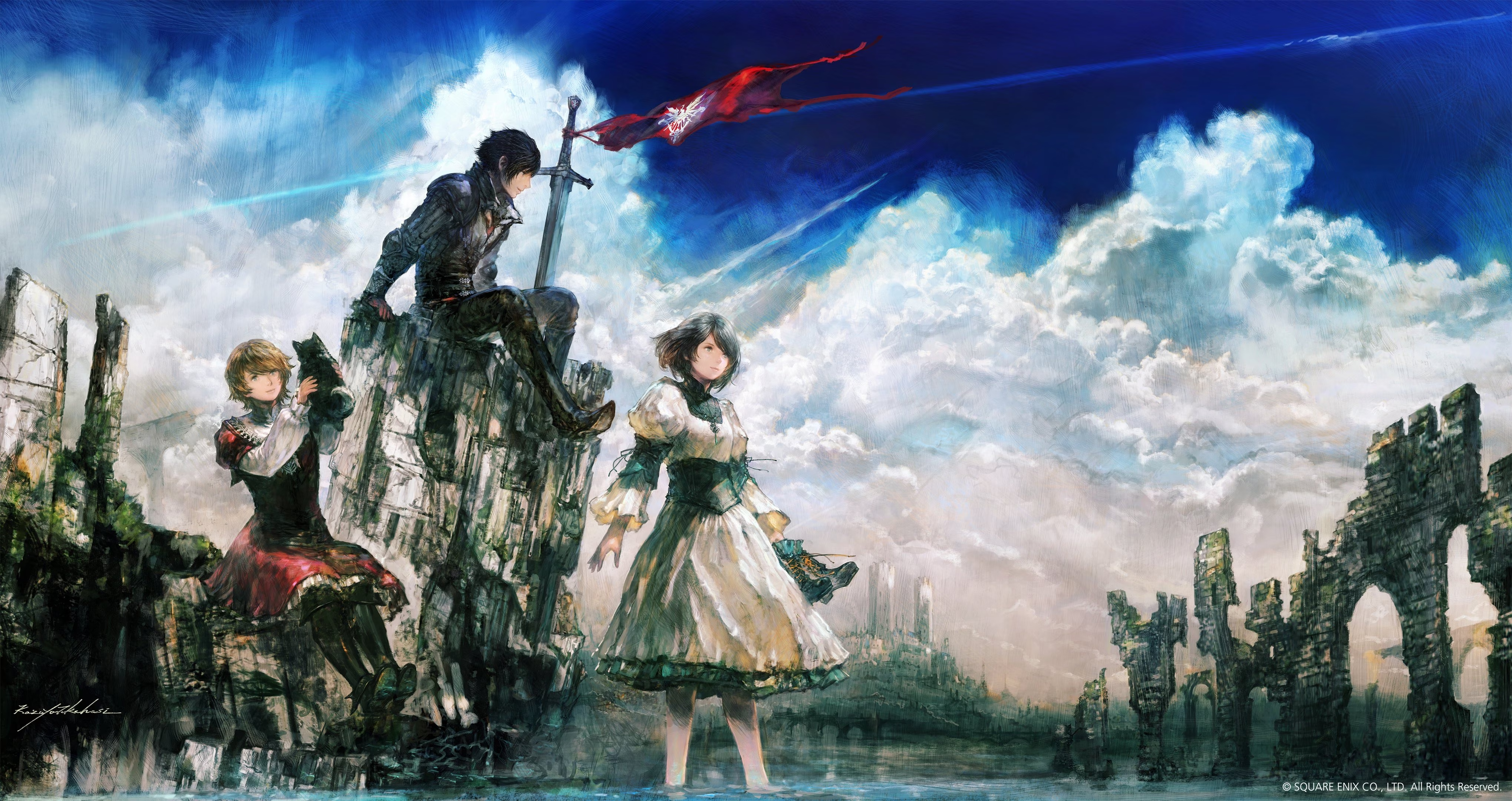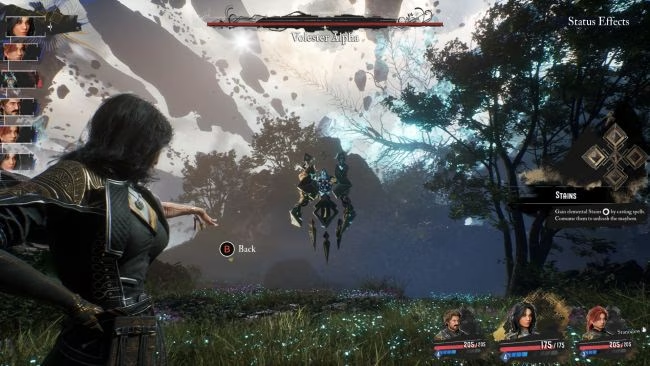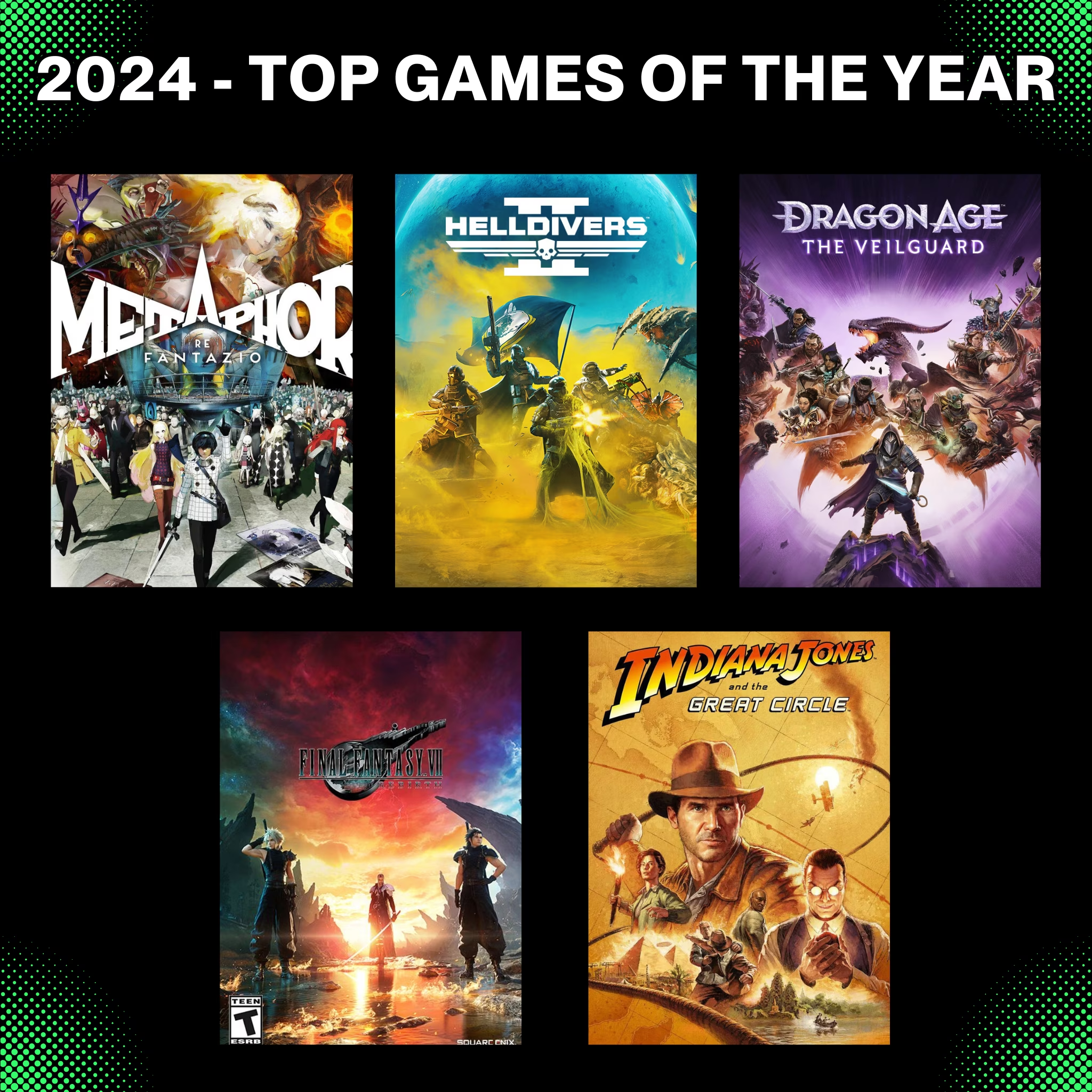Remedy's best offering since Max Payne 1 and 2
Alan Wake 2 Review


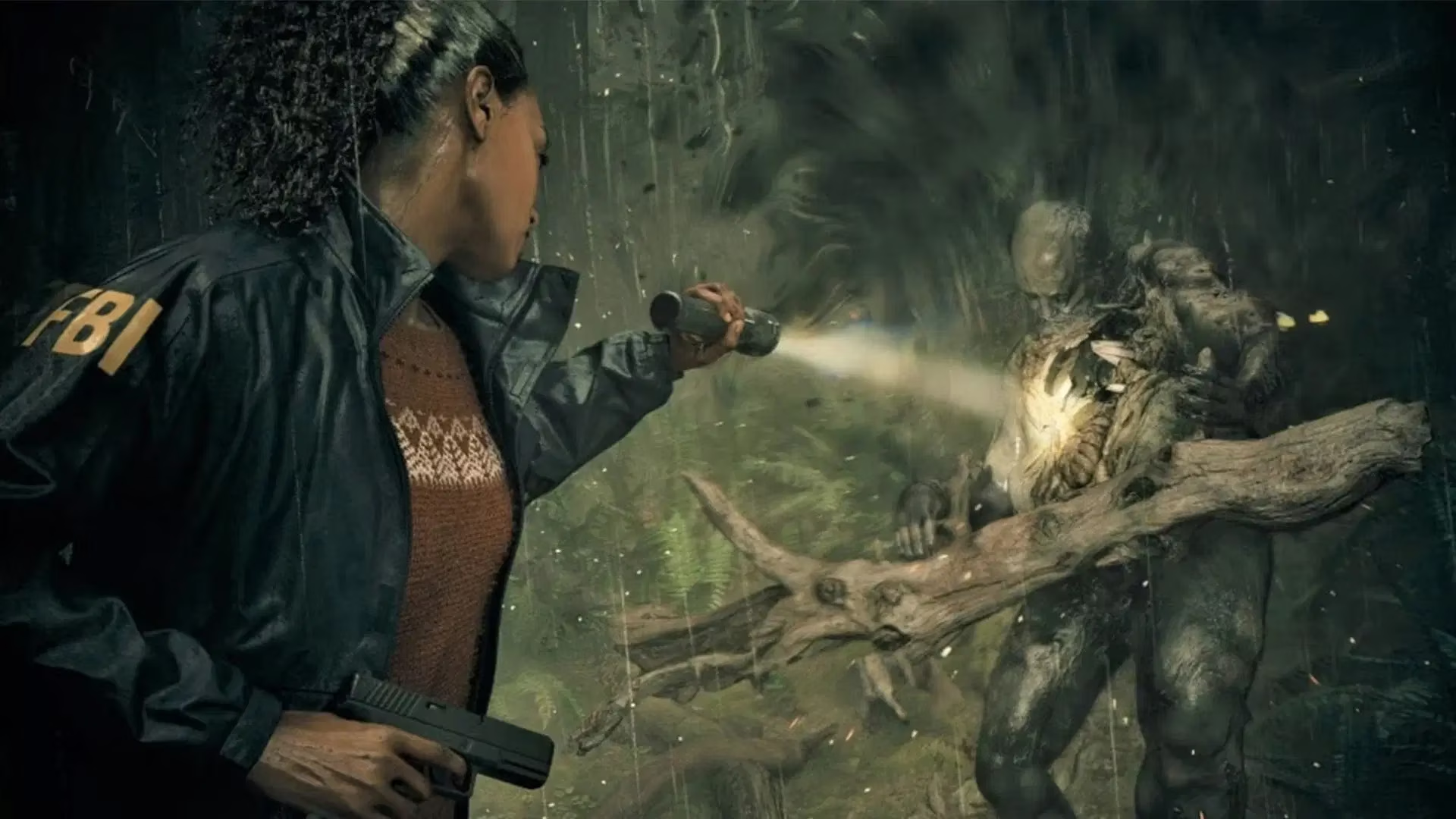
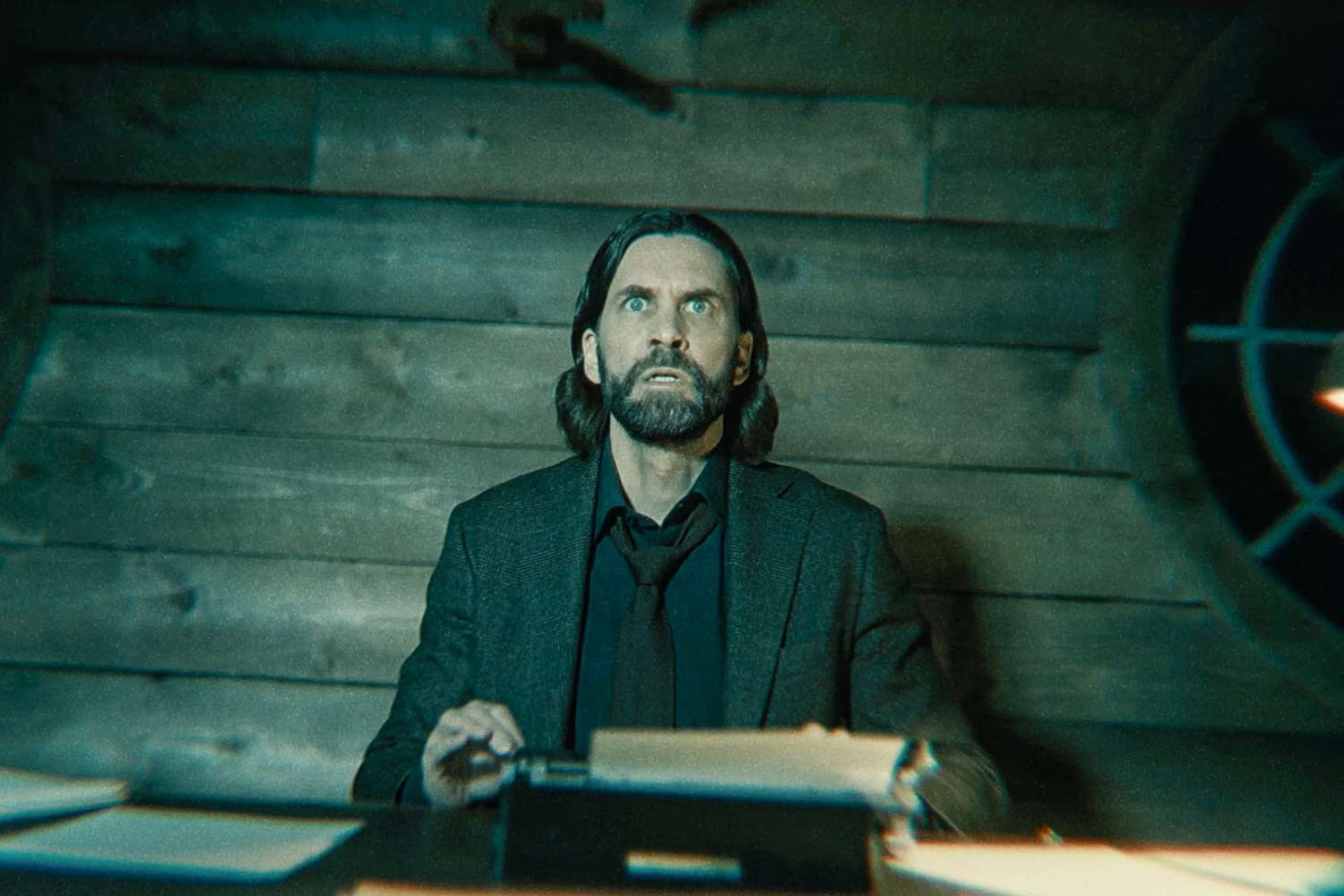
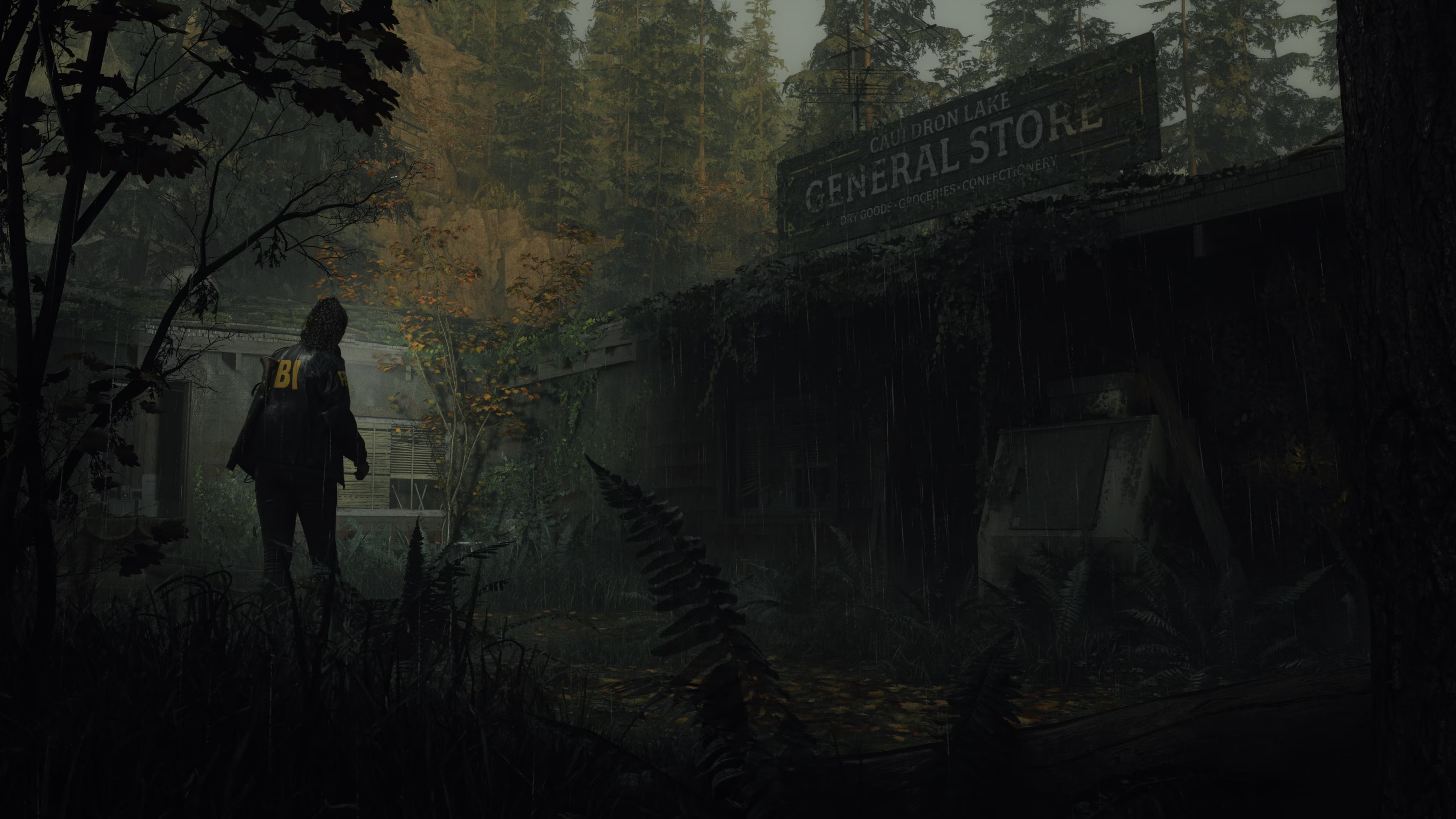

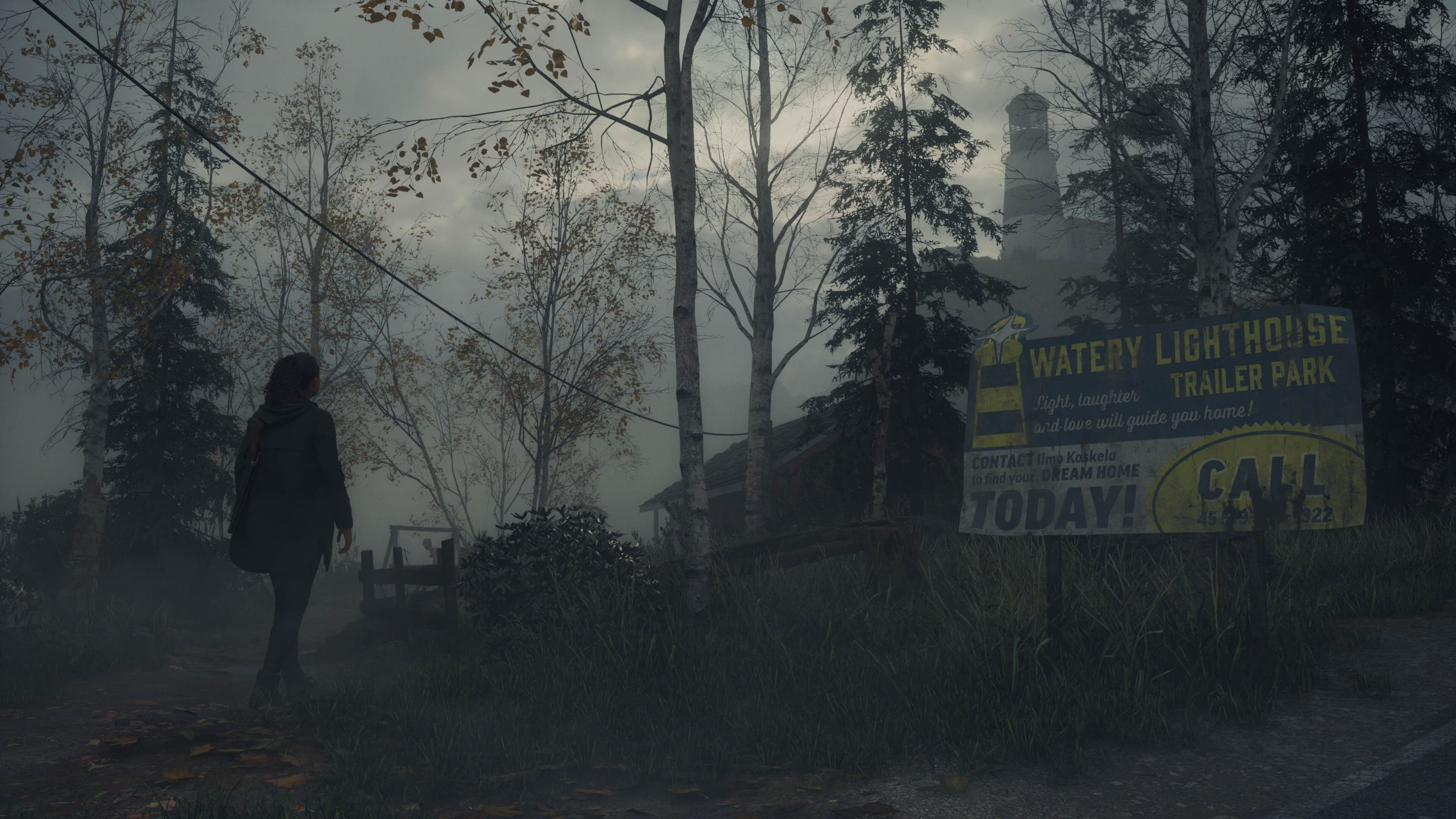
✨Overview
Alan Wake II is a survival horror game developed by Remedy Entertainment and published by Epic Games. The game is designed as a single-player experience, focusing on storytelling, psychological horror, and survival elements. It features a unique format, divided into two separate single-player stories, each playable in any order the player chooses.
I’m a big fan of Remedy’s single-player experiences, from the good old days of Max Payne 1 and 2 to following the long winded development of Alan Wake with its eventual release on the Xbox 360. More recently, the highly praised Control. Every game has been great so far. Alan Wake 2 aims to continue that tradition while also pushing the boundaries of graphics fidelity and storytelling in a singleplayer experience. Well, is it successful?
Pros
- Gripping and masterful storytelling
- Next-gen level of visuals
- Amazing sound design
- Stellar cast of new and familiar faces
- Non-linear style of chapters
- A terrifying psychological survival horror experience
Cons
- Mind Place feels too cumbersome at times as both a gameplay element and a menu system
- Cheap use of jumpscares, it doesn’t really need them
- Pacing can be quite slow, especially if you’re used to Quantum Break and Control
📖Story and Premise
Set 13 years after the events of the first game, the story once again revolves around the protagonist, best-selling horror novelist Alan Wake, and an FBI agent named Saga Anderson. Alan Wake, the central character, is trapped in a nightmarish realm known as the Dark Place, while Saga Anderson and his partner, Alex Casey, investigate mysterious murder cases in Bright Falls. The game weaves a complex narrative that combines elements of horror, psychological thriller, and supernatural mystery. Further in the game’s narrative, players can take on the role of either Alan Wake or Saga Anderson, and their stories are interconnected, providing different perspectives on the unfolding mystery.
🎨Graphics and Art Style
Graphics-wise, this is perhaps one of the most technically impressive and good-looking games that were released this year. The game features highly realistic character models, dynamic lighting, and shadow effects that enhance the sense of unease and tension, which are core elements of the gameplay. The contrast between light and shadow is used to create terrifying and visually striking scenes. The game incorporates surreal audiovisual and supernatural elements into its visuals, as well as the use of live-action elements in tandem with its game engine. The game’s graphics seamlessly blend these elements, creating an unsettling and mysterious atmosphere.
There is also support for ray tracing, path tracing, and frame-gen technologies. Instead of its publisher’s own Unreal Engine 5, it uses Remedy’s Northlight engine, which is a rare thing to happen and would only mean that Northlight is THAT good for Epic to approve the non-use of their own Unreal Engine.
📺Presentation
The game is told in a TV series-like format, complete with an end-of-chapter song and a quasi-cliffhanger to end them (although nothing is stopping you from continuing the game). I actually love their approach with this one, and these subconsciously served as my personal indicators to take a few minutes’ break from playing the game or perhaps an indicator to continue the game at another time. The game is a slow burn; the pacing REALLY is slow. It takes a while to see the first action that you’ll experience in this game, and even then, the action-packed bits are few and far between. There’s lots of walking, investigation, and backtracking, especially with the game’s new “Mind Palace” feature, aptly named “Mind Place”. Which CAN be confusing.
The game is brilliantly acted by a star-studded cast, some new and some familiar, returning from both Alan Wake 1 and other Remedy games, such as head writer Sam Lake’s likeness, Max Payne’s voice actor, and even Quantum Break’s main actor is playing a character here. The sound design is equally as brilliant, even the simple swaying of grass or sudden creaking of walls is a terrifying experience.
However, one thing I didn’t like about this game is that, even though it doesn’t need it, it still has cheap jump scares and sudden high-pitched audio bits to scare the player. It felt unnecessary and out of place, especially when you are playing as the much more composed Saga.
Alan Wake II is made so that you can experience the story without playing the first game, but there are some nice callbacks and references, both minor and major, to the first game, as well as Remedy’s other games, especially Control. Frankly, Even I have vague memories of the first game’s narrative, but I do remember the iconic locations and places in it. Because of this, I watched a YouTube recap to refresh my memory of the plot before starting.
🎮Gameplay
In terms of gameplay, it is much closer to the original Alan Wake than Remedy’s recent explosive and physics-based destructive games like Quantum Break and Control. It plays like a modern third person survival horror game, such as Resident Evil 2 or 3, but with more psychological thriller vibes that will mess with your head, senses, and terrify you without much physical effort.
The game’s focus on narrative and atmosphere is evident in the gameplay. Players are frequently tasked with solving environmental puzzles and navigating the map while using their wits and a limited arsenal. The game encourages exploration and rewards players with hidden lore, resources, upgrades, and collectibles. While it might not be as action-packed as some of Remedy’s previous titles, it is a conscious decision that aligns with the horror genre.
One of the main innovations in Alan Wake II is the introduction of the “Mind Place.” This essentially functions as a 3D menu and is representation of the characters’ minds where players can gather clues and reconstruct the narrative by exploring the minds of key characters. This gameplay element is used for both Alan and Saga and provides an intriguing twist to the gameplay. It not only deepens the psychological horror aspects but also empowers players to actively participate in the storytelling process, which is a unique and engaging feature.
Additionally, the game allows for free exploration of the town of Bright Falls. Players can investigate locations, and interact with NPCs. This open-ended approach enhances the game’s sense of immersion and provides a break from the main storyline. While these activities might not be as compelling as the central narrative, they contribute to the game’s world-building and character development.
The aforementioned Mind Place is a neat, expanded pause feature, but I felt that it was overly expanded and too cumbersome to operate with the current controls it has. Every little thing you find around the world must be organized into the Mind Place a bit too manually, and I found it too troublesome to interact with every now and then to progress the investigation.
⚔️Combat
Combat in Alan Wake II is an intense and anxiety-inducing experience. The game focuses on a limited supply of resources such as Ammo, Medpacks, and Batteries, so players must think strategically about their approach. There’s a deliberate tension in the scarcity of supplies, especially the batteries for your flashlight, which is your primary tool for combating the supernatural forces of darkness.
The combat mechanics feel tighter and more responsive compared to the original game. The use of light as a weapon remains a central element of the gameplay. Focusing your flashlight on the shadowy entities weakens them, and players must cleverly manage their flashlight’s battery life during encounters. The tension of watching the battery deplete while surrounded by eerie enemies adds layers of fear and excitement to every fight.
⏫Progression
The game includes detective elements, with Saga Anderson using Mind Place for investigation to a Players can connect clues on a pinboard, piece together the main mystery, and profile characters to gather clues. Alan Wake’s also has a version of the Mind Place, called “Writer’s Room”, which has a different function. Instead of investigation, it allows Alan to affect the reality around him by helping him rearrange and shape his plot while he writes it. The game also features manuscript pages to collect that foreshadow upcoming events or narrate current things as they happen, a returning element from the first game.
Fresh from Spider-Man’s GTA V-like character switching and Lords of the Fallen’s dual reality setup, Alan Wake continues the trend by combining both elements into one innovative but familiar feature: Alan Wake 2 features the ability to play chapters in whichever order you want. This feature arrives a bit further into the game at around 5 hours, but it is a core feature of the game from then on. You can switch characters in Alan Wake II at almost any point in any break room you encounter. Saga and Alan both have their own separate chapters, and you’re free to complete them in any order.
📊Technical Performance
Despite initial concerns about the game’s high system requirements, the game isn’t as bad as the system requirements or the news make it out to be. It still delivers both excellent graphics and performance, on lower than expected hardware. Visually, even just the low and medium preset on PC looks good already, and is already on par with modern-gen consoles like the PS5 and Xbox Series X. The game incorporates ray tracing, path tracing, and frame generation technologies, as well as support for FSR and DLSS. My PC ran it surprisingly well, hovering at around 60FPS on my i7-8700k RTX 3080 at 1440p resolution, using a mix of medium and high settings with ray tracing turned off. There is a bit of texture pop-ins especially when switching to Map and the Mind Place, but it isn’t a huge deal breaker for me.
Conclusion
Alan Wake II is an ambitious game that manages to deliver on its ambitious goals, offering an innovative and terrifying experience executed with confidence and expertise built from years of experience. The sequel retains the essence of the original game while expanding its scope and narrative complexity. Sure, the pacing could be a little bit better, but the game’s survival horror elements, combat system, and progression mechanics are well-implemented nonetheless, making it a modern classic in the horror genre. The game introduces intriguing meta-narrative elements, further enhancing its appeal to fans of Remedy’s previous works and the Remedy Connected Universe.

